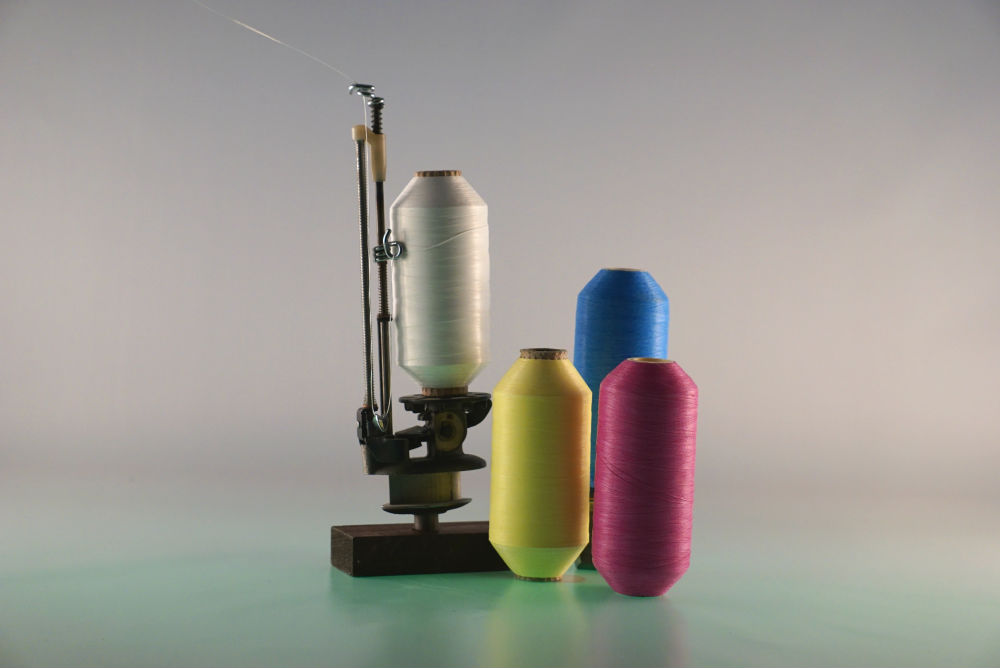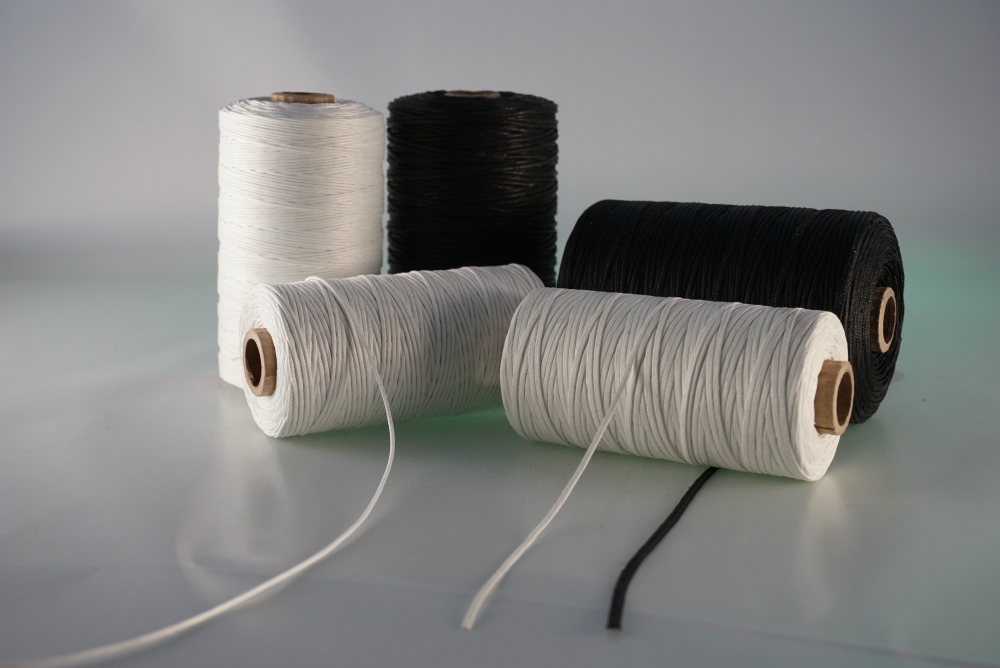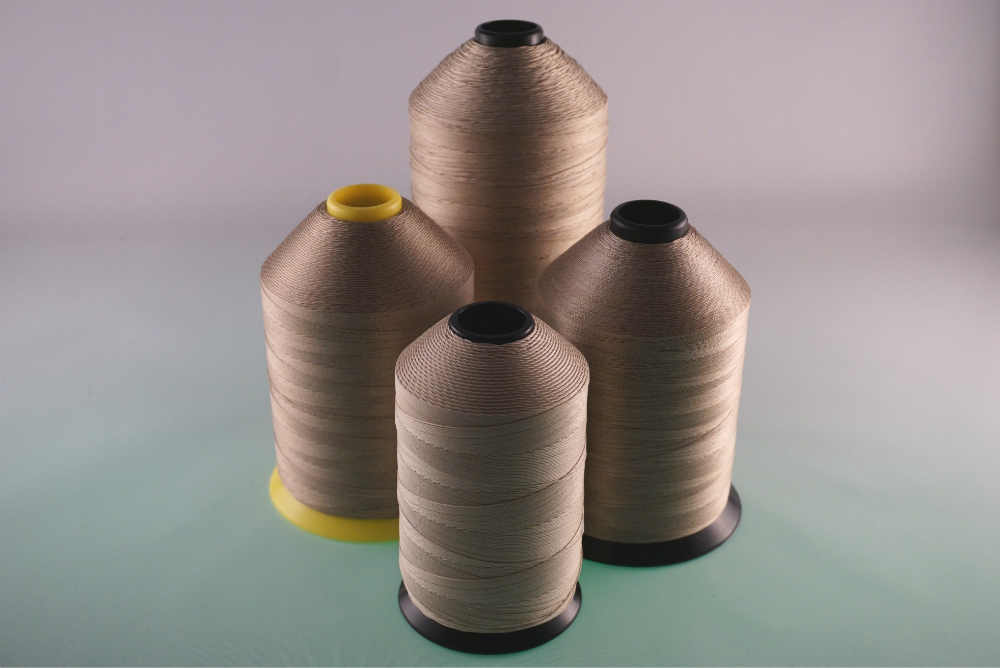
The definition of “Sinter” is: “To make a powder coalesce into a solid or porous mass by heating it without liquification”. We typically think of sintering as it relates to metal (like bronze or brass).
W.F. Lake Corp. manufactures both sintered and unsintered materials. With sintered PTFE, we essentially have taken a PTFE powder dispersed in water and fused it using heat into a hard, slippery coating that operates at very high temperatures, is chemical resistant and very few things stick to. These are sintered PTFE coated fiberglass products. Unsintered products are essentially an impregnated coating of PTFE that is dried in place, but not fully fused. It has a “waxy” feel and is less abrasion resistant.
Why sintered? Sintered PTFE coated fiberglass fabrics, tapes, belts and sewing threads are the typical form of PTFE coated textiles you see in the marketplace. They are the work-horse products for food processing (belts and sheets), packaging (L-Sealer bars), molding (composite release sheets), flu-gas filtration (PTFE coated fiberglass sewing threads), high temperature, hot face insulation (S-2 glass, Quartz sewing threads, etc…), and many other applications. In these cases, PTFE powder suspended in water is fused at high temperatures (sintered) to form a solid PTFE coating.

Why Unsintered? We are unique in that we also coat many of our fiberglass yarns with unsintered PTFE. This process requires precise temperature control to essentially “bake” the PTFE particles without fusing them together. This leaves a waxy type coating that has both penetrated the fiber bundle and leaves a portion of the coating on the surface of the yarn. In most cases, these yarns are braided over wire conductors or made into lacing tapes and tie cords. The advantage an unsintered PTFE coating is that it allows for further processing and bonding of subsequent layers of PTFE; in the form of PTFE films, coated fiberglass fabrics or even additional PTFE dispersions. When all of these are finally fused, or sintered, our customers form a homogeneous coating that very effectively resists chemicals, operates at high temperatures, will not burn or support flame, will not rot or support fungus and provides excellent electrical insulation.
Most of us use sintered PTFE products virtually every day. Pots and pans, baking sheets, even breathable, water repellent rain ware (and sometimes vascular grafts!). Unsintered PTFE products in daily use are less prevalent, but are available as Thread Seal Tape (unsintered PTFE film), packing (valve stems, shaft logs) and gaskets (valve stems), etc… PTFE is an amazing material. Give us a call with any questions or application opportunities… we’re here to help!




